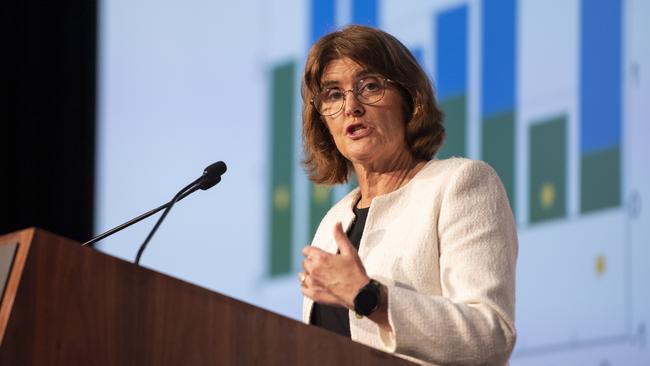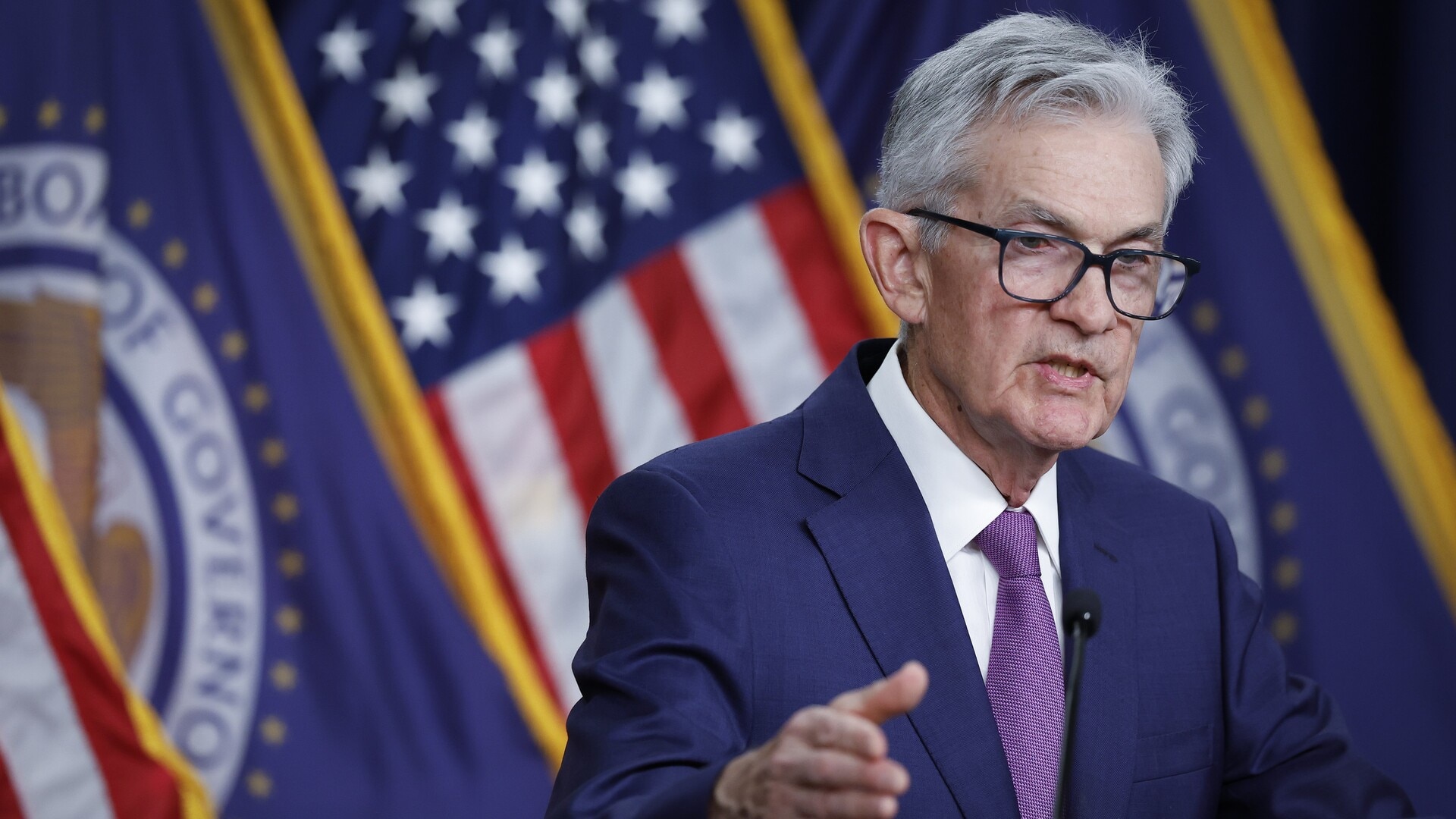Australian central bank’s rate call finely balanced
Inflation has been in retreat, with headline measures now back within target.

The Reserve Bank is on track to lower interest rates for the first time in the current global easing cycle, but the outcome of next week’s policy meeting is more finely balanced than what is implied by pricing in money markets, according to Jonathan Kearns, a former senior manager at the central bank.
And if the RBA does cut the official cash rate “it should be a hawkish cut”, given the relatively buoyant conditions in the economy, Mr Kearns said in an interview with the Wall Street Journal.
“The outlook doesn’t justify the three cuts priced this year. So the important thing will be how the RBA shapes expectations using the statement, forecasts and the press conference,” said Mr Kearns, who departed the RBA in late 2022 and is now chief economist and head of regulatory affairs at money manager Challenger Group.
Money market pricing puts the probability of a cut in the official cash rate from the current 4.35 per cent at more than 85 per cent, with traders and economists buoyed by data showing that inflation is cooling faster than the RBA had expected, while wage growth remains modest.
The RBA’s cautious messaging to markets shifted noticeably in December when it said it was growing increasingly confident that inflation was on track to return sustainably to the 2 to 3 per cent target.
“I expect a cut. But it’s more balanced than the 90 per cent market pricing. There are credible cases for and against,” Mr Kearns said.
The case for a cut rests on aggregate inflation and nominal wage growth having slowed, and being a touch under expectations, he said.

The case against a cut rested on domestic inflation remaining persistently above rates consistent with the RBA meeting its target and on exceptionally weak productivity, meaning that unit labour cost growth was still too high, Mr Kearns added. RBA governor Michele Bullock is expected to consider closely the fact that Australia’s unemployment rate remains well below the central bank’s estimate of full employment, while employment growth has outstripped expectations for some time.
Still, inflation has been in retreat, with headline measures now back within target, helped by government subsidies to offset soaring electricity prices. Core inflation is also falling, though it remains just above the target band.
Next week’s two-day policy meeting will come under more scrutiny than usual, given that the outcome could help shape the result of Australia’s fast-approaching federal election, which must be held by mid-May.
The Labor government would welcome some good news on the economy, especially as recent polls have shown its support ebbing.
Mr Kearns said he expected the independent RBA board to ignore the political pressure, keeping the discussion focused on economic fundamentals.
“I don’t expect the election to be a factor. The thing to remember on the RBA is that a decision to not cut is as much a decision as cutting,” he added.
“Discussions inside the RBA never took elections into account in setting policy.”
The RBA has had some turbulent times in recent years following policy failures and miscommunication as the economy emerged from the pandemic.
It has since gone through an extensive review process that has made vast changes to the bank’s internal culture and how it handles external communication.
The evolution of the RBA’s processes will culminate in a new dual board structure from March.
Appearances would play a role in decision making at the board meeting, given that the RBA’s recent communications had built up the expectation that it could lower interest rates, Mr Kearns said.
“Delaying cutting so long after other central banks have started keeps building pressure on the RBA,” he said. “They’ve spent so much effort to improve the RBA’s communication and rebuild their reputation after the RBA review that not cutting against strong expectations of a cut would be damaging. So I expect they will.”
The Wall Street Journal






To join the conversation, please log in. Don't have an account? Register
Join the conversation, you are commenting as Logout